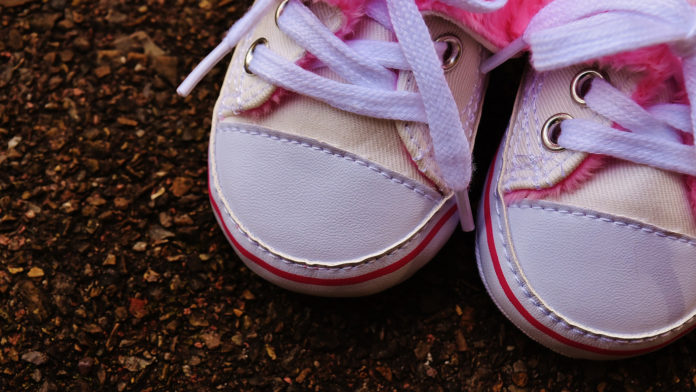WARNING: This story contains details of the abuse that took place at residential schools that some readers may find distressing or triggering.
Across the country, pairs of tiny shoes are being arranged in public spaces — heartbreaking memorials to the children who never made it home from Canada’s residential schools.
In late May, the remains of 215 children were found in an unmarked mass grave at the former Kamloops Indian Residential School. Some of the deceased are believed to have been as young as three. Only around 60 deaths had ever been officially recorded at the school.
The sheer scale of this tragedy — the number of lives lost but officially marked as “disappeared” — is chilling. This is only the start of the search to find the resting places of missing Indigenous children.
Since the late 1800s, approximately 150,000 First Nations, Métis, and Inuit children were taken from their homes to attend these boarding schools, oftentimes by force. They were forbidden from speaking their languages or practicing their culture, subjected to physical and sexual abuse, and even held in a constant state of deliberate malnutrition.
In all, the Truth and Reconciliation Commission of Canada identified 4,100 children who died at residential schools, the majority of whom were never repatriated to their families. The true death toll may never be known.
“Survivors have always been clear that the road to reconciliation must begin with the truth,” said Lila Bruyere of the National Centre for Truth and Reconciliation Survivor’s Circle in a UBC press release.
“Canada’s failure to properly investigate and protect the sites where our sisters and brothers were buried means that we still do not have the whole truth. Too many of these children have never been identified by name and have never been located. This has to change. We owe it to these children to do this important work and to do it in our culture through ceremony in a good way.”
It’s important to recognize that these abuses happened recently. The last residential school closed in 1996, and many survivors are still alive today. To get to the truth, it is critical to start listening to the lived experiences of survivors when they open up about the traumas they experienced. They have been telling us for decades about witnessing their fellow students going missing, many assuming they had fled to try to go home. Some may have witnessed actions or evidence that could point the way to more grave sites.
Technology is also advancing to aid in the search. Ground-penetrating radar helped uncover the remains found in Kamloops, but it is a slow process that can only look a few metres into the ground. It works by picking up patterns that indicate where the soil has been disrupted, suggesting possible burial sites. Vancouver Island-based ScanPlus Locating were not involved in this particular discovery, but they are designing larger devices with additional antennae to make it easier to search larger plots of land and collect more detailed information with the goal of finding more unmarked graves.
This work is important to provide closure for families, and to allow Nations to decide how to memorialize the remains. Reconciliation, accountability, and healing depend on a full understanding of the losses inflicted by our residential schools, and it is critical that we dedicate the resources needed to locate as many of the missing remains as we can.
Counselling support is available through the Indian Residential School Survivors Society at 1-800-721-0066, or a national 24/7 Crisis Line at 1-866-925-4419.








































